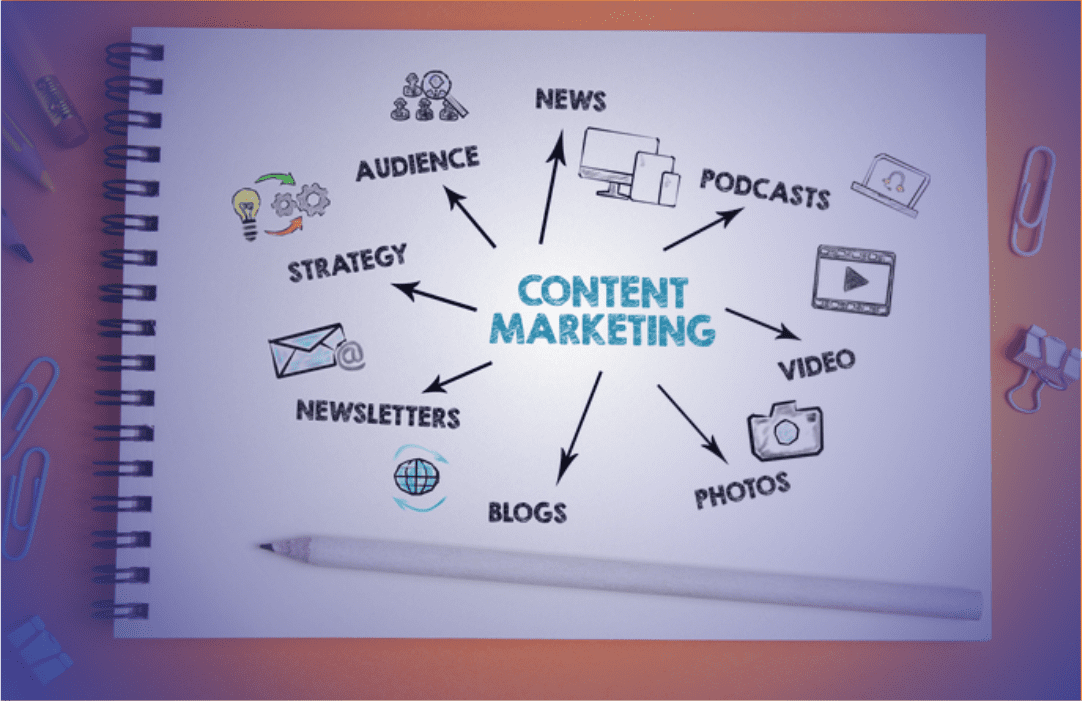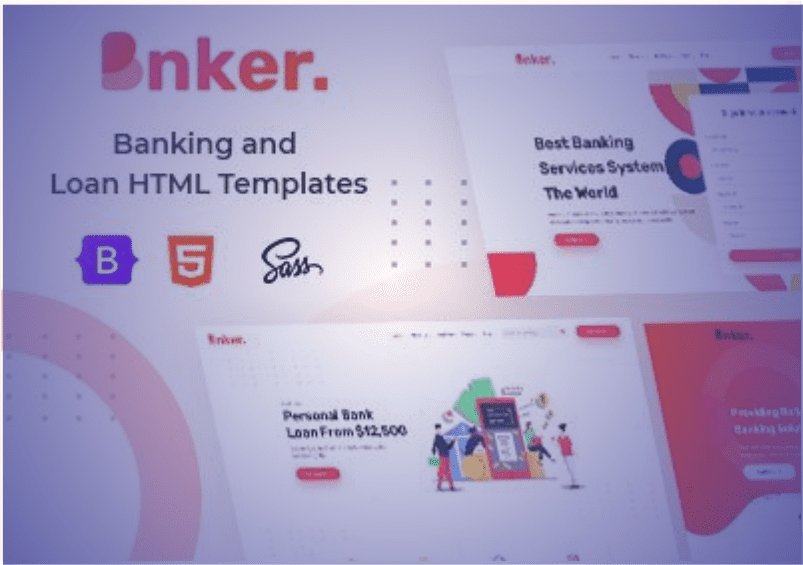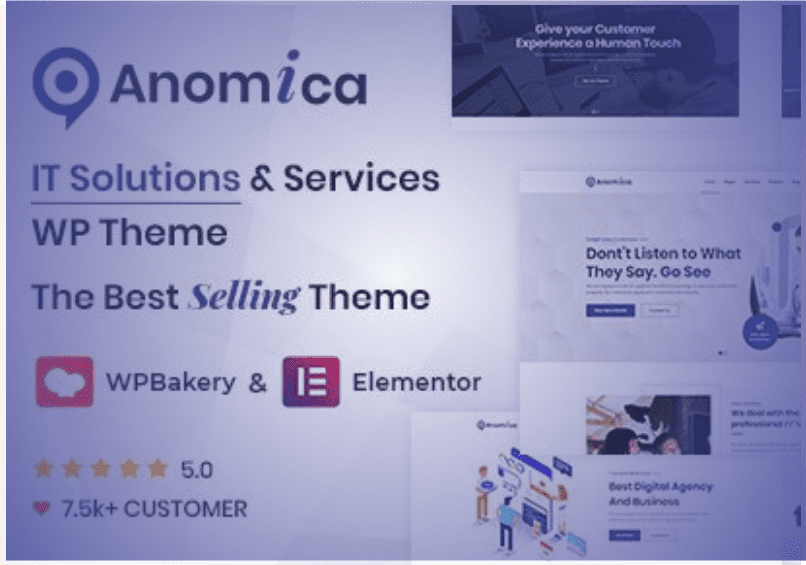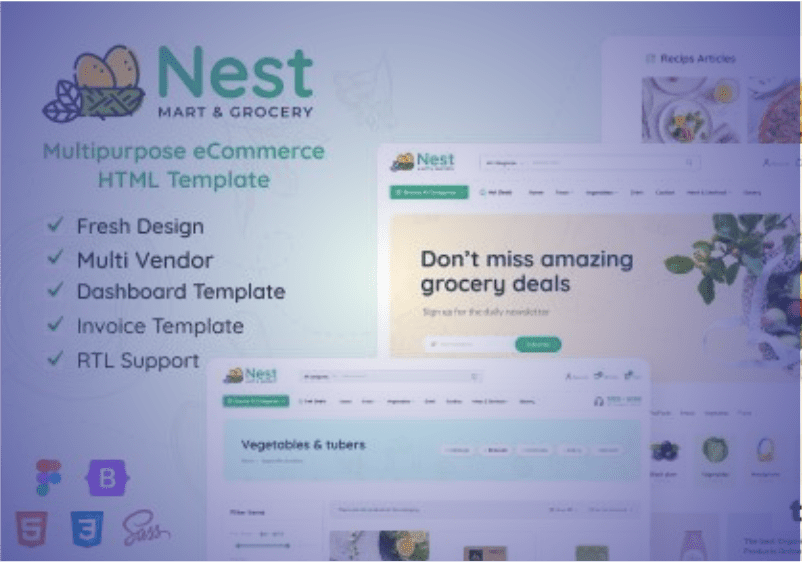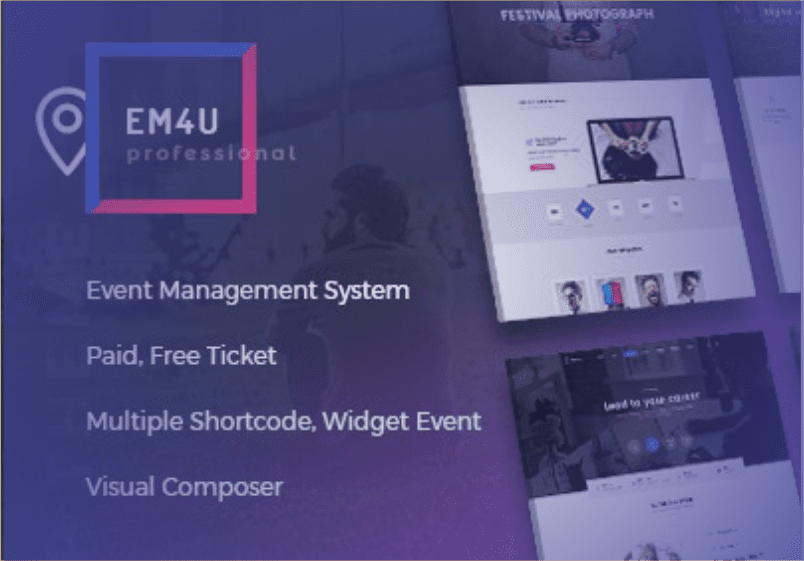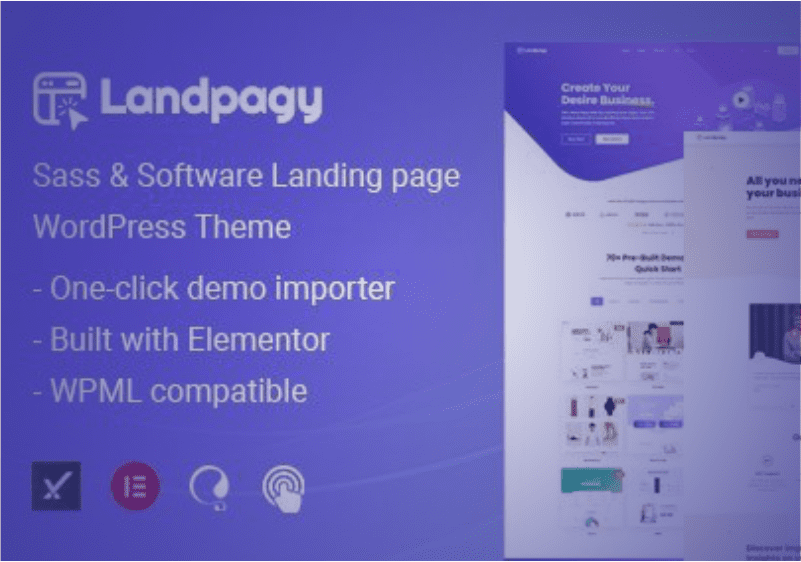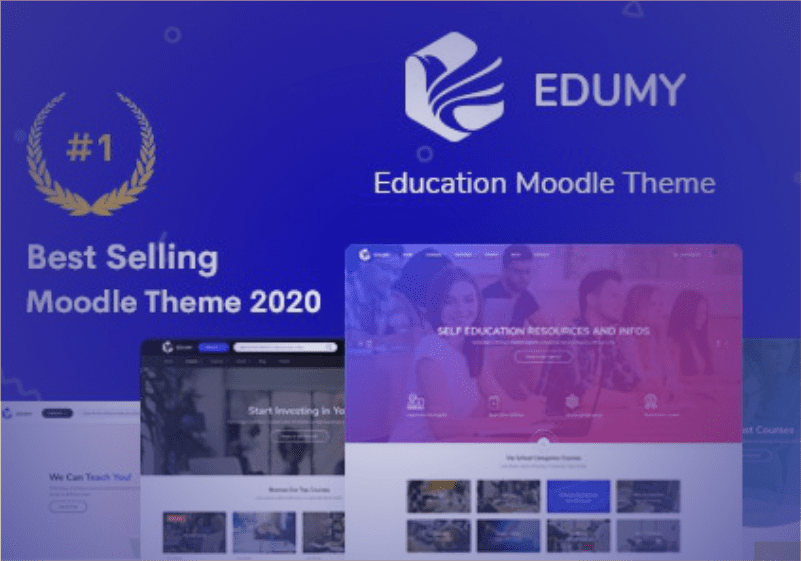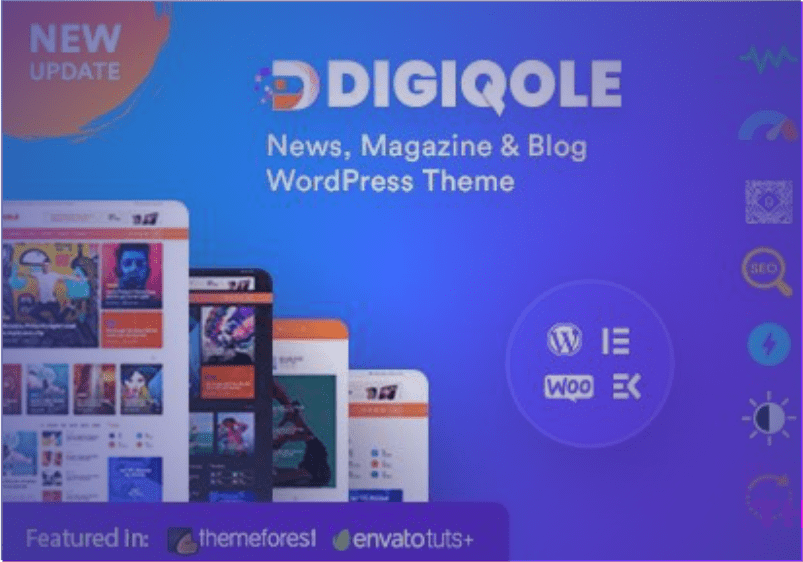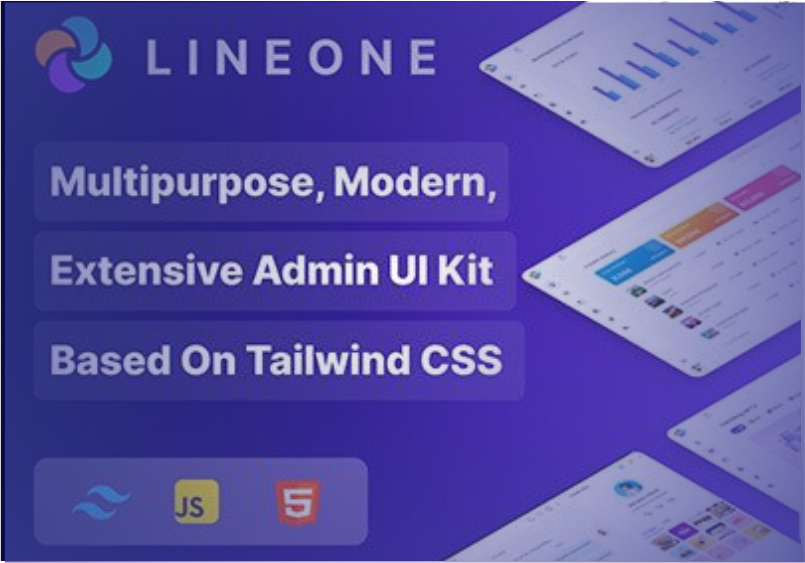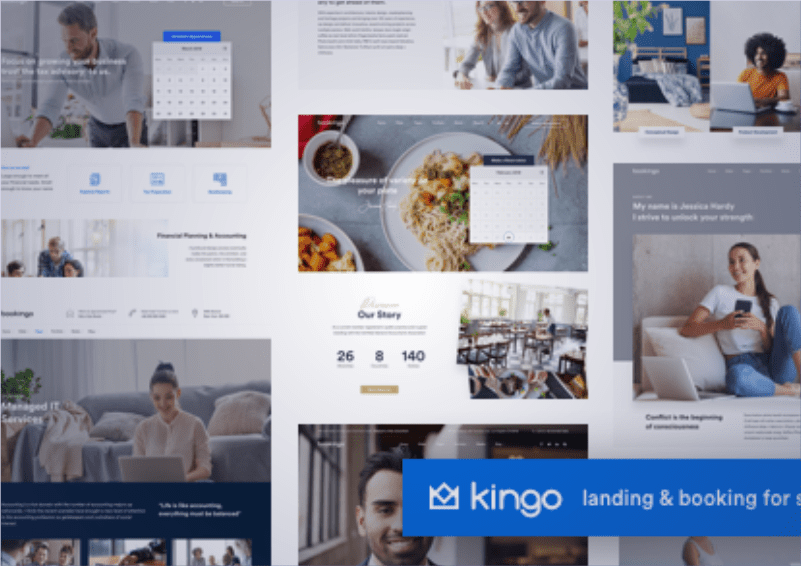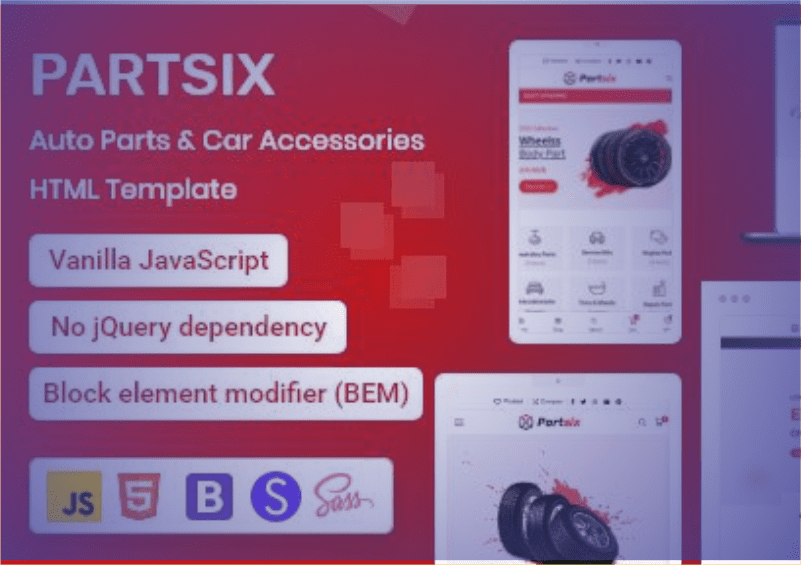Creating a Good Content Marketing Strategy
Content marketing has become essential to successful online businesses in a world where digital contact is ongoing. Whether you manage a blog, a SaaS platform, an eCommerce website, or a professional service, your audience wants material that offers real value in addition to goods and services. That value is produced by a well-planned, successful content marketing campaign. But what qualifies as a “good” strategy? Furthermore, how might one be made that produces tangible outcomes rather than merely existing on paper?
This post will show you how to create a compelling content marketing plan that appeals to your audience and supports your brand objectives. You will know how to create a solid content foundation, optimise it for search engines, and make sure it aligns with your company’s goals by the end of this tutorial.
The Core of Content Marketing
Fundamentally, Content Marketing encompasses more than just videos or blogs. It involves producing and disseminating material that is valuable, pertinent, and consistent in order to draw in and hold on to a precisely defined audience. The ultimate objective is to encourage profitable consumer behaviour. The foundation of this marketing strategy is consistency, relevance, and trust. When done correctly, it attracts attention instead of being purchased.
Your creativity is given shape by a solid content marketing plan. It turns the process of creating content into a goal-oriented process rather than a guessing game. The plan aids in determining what you’re producing, for whom, why, how frequently, and how success will be measured.
Start With Clear Business Goals
Before diving into content types or distribution platforms, take a step back. What do you want your content marketing to achieve? Your goals could range from increasing website traffic to generating more leads, improving SEO rankings, boosting engagement on social media, or nurturing existing customers.
Your content should align with broader business objectives. If your company aims to increase sales by 30% in the next year, your content strategy should support that with targeted lead-generation articles, buyer guides, or case studies. Without defined goals, your efforts may be creative—but not impactful.
Define Your Target Audience
One of the greatest mistakes marketers make is creating content for everyone. The truth is, if you try to speak to everyone, you speak to no one. You must clearly define your target audience. Create detailed buyer personas that represent your ideal customers. Consider demographics, online behavior, values, challenges, and aspirations.
Knowing your audience allows you to create content that directly speaks to their pain points and desires. When your content feels personal and relevant, it connects better—and converts better. Use customer surveys, analytics, and social media insights to build these personas with accuracy.
Conduct a Thorough Content Audit
If you already have some content, it’s time for a content audit. This step helps you identify what has worked well, what hasn’t, and where the gaps are. Review your blog posts, landing pages, videos, and even social media posts. Check their performance based on metrics like views, shares, bounce rates, and conversions.
A content audit reveals your content strengths and weaknesses. It prevents redundancy and gives you insight into repurposing existing pieces. Sometimes, updating an old blog post with new data and SEO optimization can outperform a brand-new post. Use this audit to shape your future content creation process.
Choose the Right Content Types
The format of your content matters as much as the message. Depending on your audience and industry, you might choose blog posts, infographics, videos, podcasts, webinars, eBooks, case studies, or newsletters. Each content type has its own benefits and place in the marketing funnel.
For instance, blog posts are excellent for SEO and brand authority. Videos work well for product demos or behind-the-scenes storytelling. Case studies build trust and social proof. Infographics make complex information digestible. The key is to choose formats your audience prefers and consumes often.
Focus on Creating High-Quality Content
Content quality beats quantity every time. In a saturated digital space, only content that truly informs, entertains, or solves problems will stand out. Your content must be original, well-researched, easy to understand, and optimized for readability. Avoid fluff and focus on actionable insights.
Good content is also emotionally engaging. It tells stories, uses real-life examples, and connects on a human level. When your audience feels understood, they’re more likely to engage and share. If you consistently publish high-quality content, your brand becomes a trusted voice in your niche.
Optimize Every Piece for SEO
You can have the most valuable content in the world—but if no one sees it, it won’t serve its purpose. That’s where SEO comes in. Search engine optimization ensures your content is discoverable on platforms like Google. Every article, video, or landing page must be optimized using relevant keywords, metadata, and internal linking.
But modern SEO isn’t just about stuffing keywords. It’s about search intent. Understand what your audience is really looking for when they type a query. Is it informational, transactional, or navigational? Match your content to that intent and structure it using headings, bullet points, and clear CTAs.
Build a Consistent Publishing Schedule
Consistency builds familiarity and trust. Your audience should know when to expect new content. Whether it’s weekly blog posts, monthly newsletters, or daily social updates, a consistent schedule keeps your brand top of mind. It also signals to search engines that your site is active. Use a content calendar to plan your publishing schedule. This tool helps you organize topics, assign responsibilities, and avoid last-minute rushes. It also ensures variety in your content so you’re not repeating the same topics too often.
Promote Your Content Effectively
Creating great content is only half the battle. You must also promote it effectively. Share your content across multiple channels: social media, email newsletters, forums, online communities, and through paid ads if necessary. The goal is to maximize its reach.
Encourage team members and loyal customers to share your content. Collaborate with influencers in your industry for broader exposure. If you’ve written a valuable guide, offer it as a downloadable resource in exchange for emails. Promotion is about pushing your content in front of the right eyes.
Repurpose Content to Maximize Value
One piece of content can be repurposed in many ways. A webinar can become a blog series. A blog post can turn into an infographic. A podcast episode can be transcribed into an eBook. Repurposing not only saves time but helps you reach different audience segments with varied content preferences. This approach ensures that your best ideas don’t fade away after a single post. Instead, they evolve and resurface in formats that expand your brand’s visibility across channels.
The best content marketing strategies are data-driven. Tools like Google Analytics, SEMrush, Ahrefs, and social media insights offer invaluable information about how your content performs. Are people reading it all the way through? Are they clicking your CTAs? Which topics bring in the most traffic? This data helps you refine your strategy. You learn which types of content resonate most and which formats generate leads. You also discover what’s not working, allowing you to pivot quickly and stay efficient.
Incorporate Storytelling for Stronger Impact
People love stories. They’re how we remember things, relate emotionally, and make decisions. Embedding storytelling into your content makes it more memorable. Don’t just present facts—illustrate them through real-life scenarios, customer experiences, or founder journeys.
For example, instead of saying “our software saves time,” tell the story of how it helped a small business owner automate tasks and spend more time with family. That kind of emotional connection leaves a lasting impression and builds brand loyalty.
Align Content With the Customer Journey
Not all content serves the same purpose. Some content attracts new visitors. Some nurtures leads. Others convert or retain customers. A good content strategy aligns your content with each stage of the buyer journey: awareness, consideration, and decision.
At the awareness stage, focus on educational and informative content like how-to articles or videos. During the consideration phase, comparison guides and case studies are useful. At the decision stage, highlight testimonials and strong calls to action. Tailoring content by journey stage boosts engagement and conversion.
Include Clear Calls to Action
Every piece of content should guide the reader toward a next step. Whether it’s subscribing to a newsletter, downloading a guide, booking a demo, or making a purchase, include clear calls to action. These CTAs should be natural, not forced, and should align with the reader’s intent. Strategic CTAs are subtle but effective. In a blog post about content marketing tools, for instance, offering a free template or checklist enhances value and encourages action without being pushy.
Establish Content Governance and Workflow
Behind every successful content marketing strategy is a well-defined workflow. Who approves topics? Who writes, edits, and publishes? How is content optimized, scheduled, and promoted? Governance ensures consistency in tone, quality, and branding across all platforms.
Use project management tools like Trello, Asana, or Notion to streamline collaboration. Document processes in a content operations manual so every team member knows their role and responsibility. This makes scaling content production smoother as your brand grows.
Encourage User-Generated Content
Your customers and community are powerful allies in content creation. User-generated content like reviews, testimonials, social media posts, and guest blogs add authenticity and expand your content’s reach. People trust other people more than they trust brands. You can encourage this by running contests, featuring customer stories, or building online communities around your product. It adds social proof and reduces the content burden on your internal team.
A content marketing strategy is not a “set and forget” document. It should evolve with your business, audience behavior, and market trends. Set quarterly or bi-annual reviews to evaluate performance, experiment with new formats, and update your content calendar. Stay curious. Watch your competitors. Adapt to platform changes and shifting algorithms. The best strategies are those that learn, adapt, and improve over time.
Build a Strong Brand Voice
Your content should sound like you. A consistent brand voice makes your content recognizable. Whether you’re witty, professional, friendly, or bold, stick to it across all content types. Your voice should reflect your brand’s personality and resonate with your audience. Create a brand voice guide that outlines tone, language, formatting rules, and messaging pillars. This ensures that whether it’s a tweet, email, or video script, your brand feels cohesive and reliable.
Great content requires time, effort, and sometimes a budget. Investing in skilled writers, designers, editors, and SEO experts can significantly improve quality. Likewise, using content tools like Grammarly, Surfer SEO, Canva, or HubSpot streamlines production and boosts efficiency. Consider building a hybrid team of in-house and freelance talent. This gives you flexibility while maintaining quality standards. Content is an asset—invest in it like you would any business-critical function.
Conclusion
Content creation is simple. The actual difficulty lies in producing content that engages, converts, and builds value over time. The road map to success is a solid content marketing plan. Understanding your audience and objectives is the first step. Astute production and promotion follow, and it lives on ongoing improvement.
Don’t produce material merely to maintain your online presence. Produce content because it benefits your audience, advances your objectives, and establishes a trustworthy brand. The most effective approach is one that develops with you and involves your audience.
